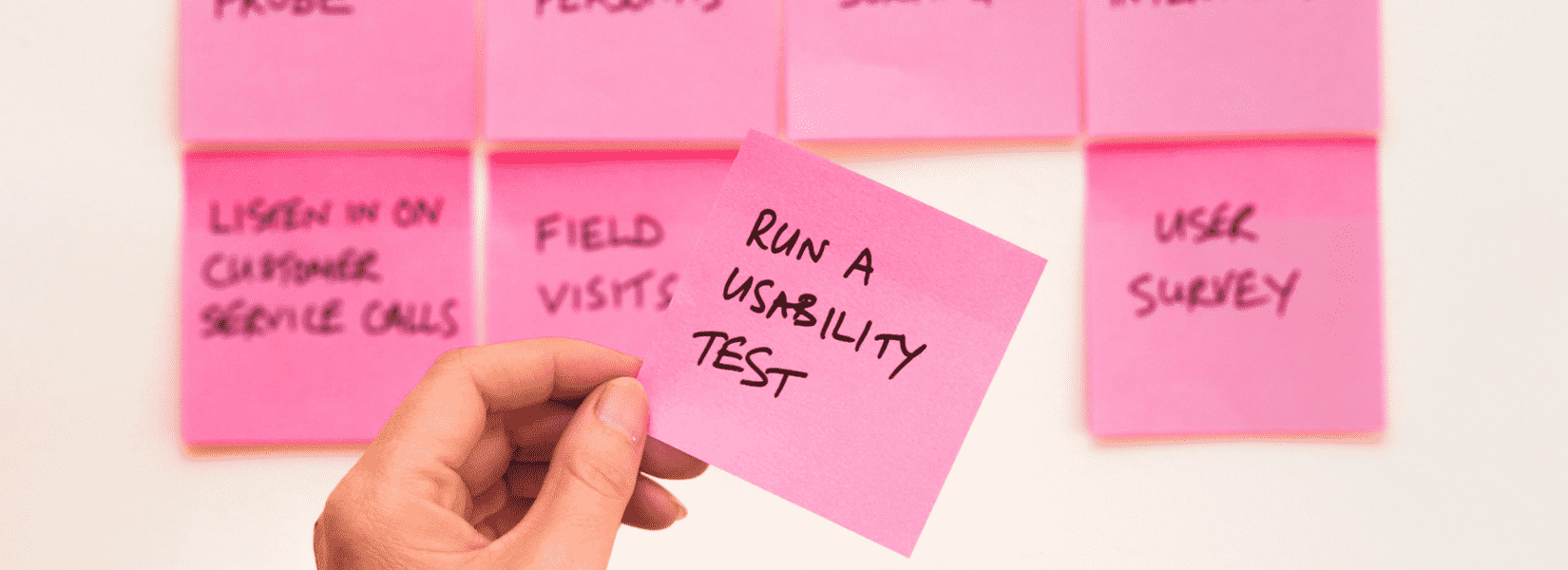Introducing Experience Design Center: Here’s everything you should know about it
S/LAB’s new Experience Design Center is up and running and is on its way to making user experience better than ever before. This article explains what they do and how they do it. Its going to be interesting to see how this new venture unfolds.
Subscribe to our awesome Newsletter.

We believe that every single aspect of our lives should be designed in a way that makes it easier for us to use and create better experiences. S/LAB’s commitment towards creating better life experiences pushed us to start a new initiative called the Experience Design Center (XDC). The core focus of the Experience Design Center is to help people who make products build better user experiences. Currently, we’re open to our customers and their products. We are working with them closely to improve the overall experience of their products and users.
What we are
User’s Advocate.
Making every product human-centric.
What we do
- Conduct user research to discover ideas in depth.
- Study user behaviors pertaining to the domain of the product.
- Create interactive mockups that communicates USP of the product.
- Recruit potential representative users
- Allow the users to interact with the interactive mockups
- Observe, record and study the findings.
- Measure the user effectiveness, efficiency and satisfaction.
- Report finding to design team to take necessary actions.
How we do it
We speak to the stakeholders, discover the depths of the idea, map out its abilities, convert the abilities into features and finally get things ready to test with real world users, so that we can make improvements to the product based on what we see. From here we take one of the following three ways based on the project.
Quick Mockups
We make quick paper prototypes of the product and use that during the initial stages of usability testing. This is the easiest, cheapest and fastest way to validate an idea right in the market for the market. Paper prototypes can be made for a small part of the project, for the MVP or even the entire project itself. When it’s done for the entire project, we try and keep it as simple as possible without getting into every small detail. This helps us think and execute faster.
Tactile Interactive Mockups
We build digital prototypes in different levels of fidelity. We would much rather do it with a low fidelity prototype rather than a high fidelity prototype. Solely for the reason that low fidelity prototypes are easier and quicker to iterate upon.
Agile Workspace
We are not the ones to say user research and usability study does not fit in an agile workspace. We make it happen. In an agile workspace, we use something that we call early usability tests instead of or along with user research to check if we are meeting the user needs. We get your/our ideas validated quicker and get a lot of actionable insights. All we need is a meeting room or a conference room to conduct the usability test and discuss with our team the very same day and resolve the issues. Sometimes we also observe the users interact with competitive products to understands its merits and demerits. This will also add to the speed at which we can arrive at decisions as we do not have to wait to make the prototype and then test.
Usability test allows us to see what the users do with the product rather than asking them what they think. When you ask users what they think, they are put in a spot and more often than not, they tell you things which they think you want to hear, rather than what they actually think. Watching them use the prototype gives us unique insights into user behavior and help us think about how to tackle it.
Recruiting Users for the study
We find people who fit the profile of our persona, who will be the potential users or representative users. As we are target the actual users directly, 5 usability studies should give us a result that is accurate enough with less chance of sampling error. We conduct the usability study face to face by calling them into our LAB. We sometimes also meet them at a neutral location or in their offices or home to observe them interact with the prototype in their natural environment.
After Usability Study
We interview the users about their experience using the product. We recognize the pain points and come up with workable fixes for it. We can measure the success of the usability test through
- User Efficiency: How quickly is the user able to complete the task?
- User Effectiveness: Is the user able to achieve his goal? How many times did he go wrong?
- User Satisfaction: How was the user’s experience while interacting with the product?
After measuring the success, we do more usability tests at different intervals to make sure we are complying to the user needs.
Benefits of Usability Study
- No more second guessing your assumptions.
- No more educated guessing.
- All your assumptions are either validated or not.
- Quick decision making.
- Saves a lot of time and arguments.
- You can avoid development rework.
- High ROI.
- It gets the ball rolling for the design team to jump into wireframes.
The EDC, as we fondly call it, will make sure every project that comes our way has a user experience that is nothing less than extraordinary. In a few months, we believe that expanding this closed program to even more people will build better quality products and services across industry verticals. If you’re second guessing the assumption you’ve made while building your product, run it through our center and lets make its experience even better.
